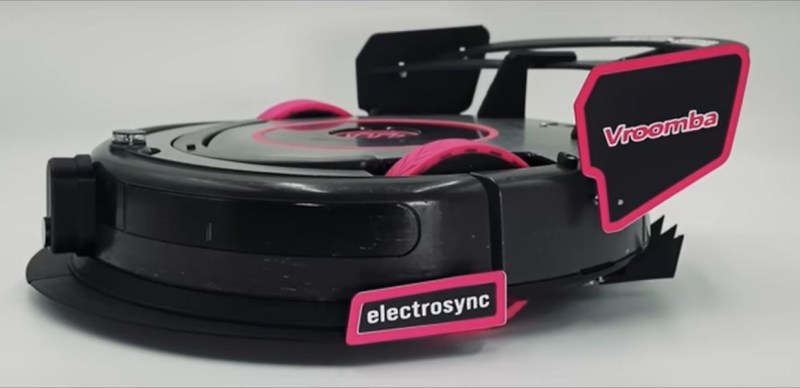Zip ties, Ty-Raps, cable ties; call them what you will, but it’s hard to imagine doing without these ubiquitous and useful devices. Along with duct tape and hot glue, they’re part of the triumvirate of fasteners used to solve nasty problems quickly and cheaply. They’re next up on the list of mechanisms we find fascinating, and as it turns out, there’s more to these devices than meets the eye.
The Well-Dressed Wiring Harness
Like so many products that we take for granted today, the cable tie was invented to solve problems in the aerospace industry. In the prewar years, airplanes …read more
Continue reading Mechanisms: Cable Ties→

